Ducati 125/4
In the last installment Phil Aynsley looked at the Ducati DU4, a two-seater sedan that never took off, and the Ducati Apollo, a machine designed for the US Police force, but a real tyre tearer when it came to getting power to the ground. Now let’s look at the intricate Ducati 125/4 fomr the mid 1960s.
The next four-cylinder machine in Ducati’s history was a very different motorcycle than the Apollo, the Ducati 125/4 was designed by Fabio Taglioni at the request of Ducati’s Spanish long term partner, Mototrans.
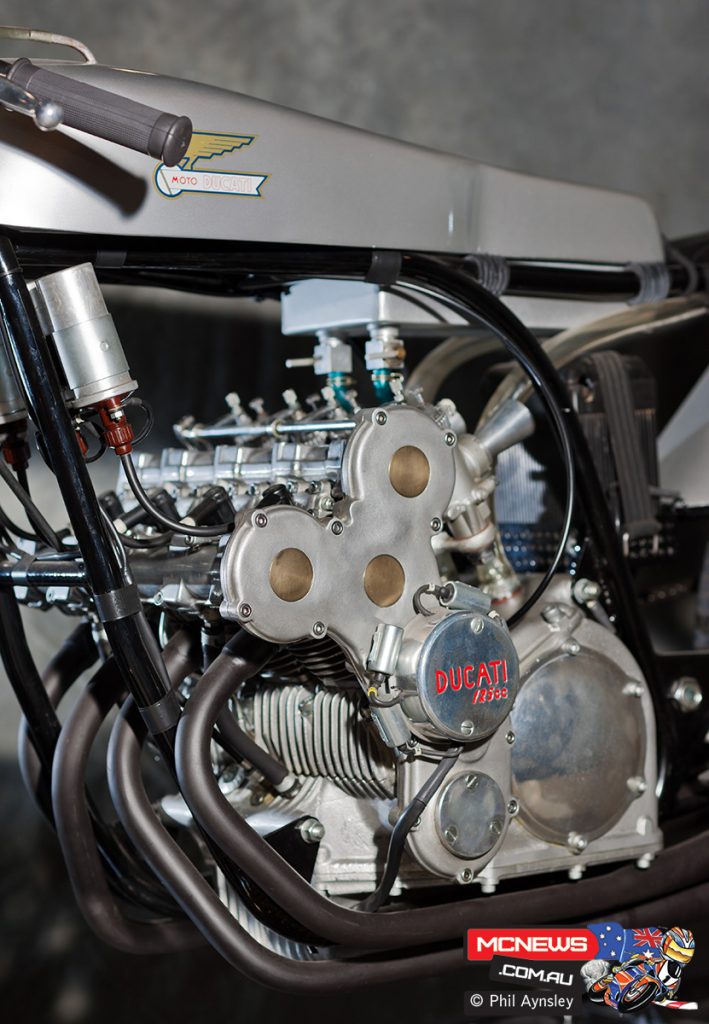
They had been successfully campaigning Ducati 125 singles and then the 125 twin domestically in the late ‘50s and early ‘60s but by the mid ‘60s they were becoming outclassed by the new water-cooled TTS Bultacos. The idea was for a bike that could be raced in the Spanish championships. Ducati never seriously considered going up against Honda, Suzuki etc for the World 125cc title.
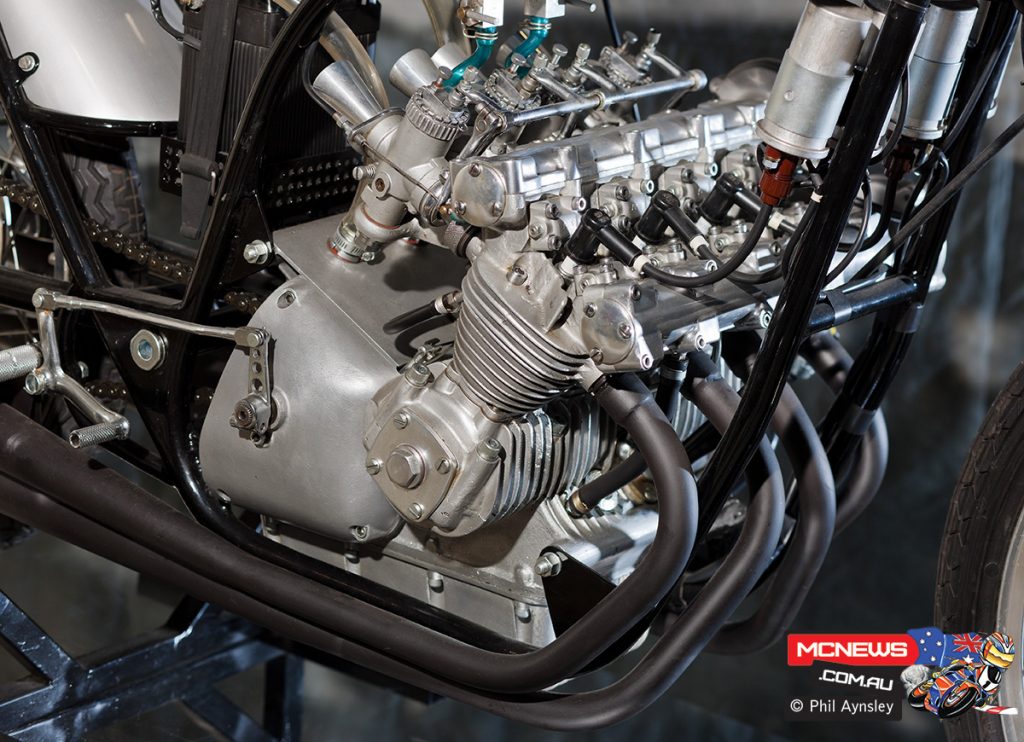
Taglioni had designed a 125/4 back in 1958 but it had never seen the light of day so he dusted off the plans and reworked the design, now incorporating four-valve heads for the first time (publicly at least). Conventional coil valve springs were used, not a Desmo system.
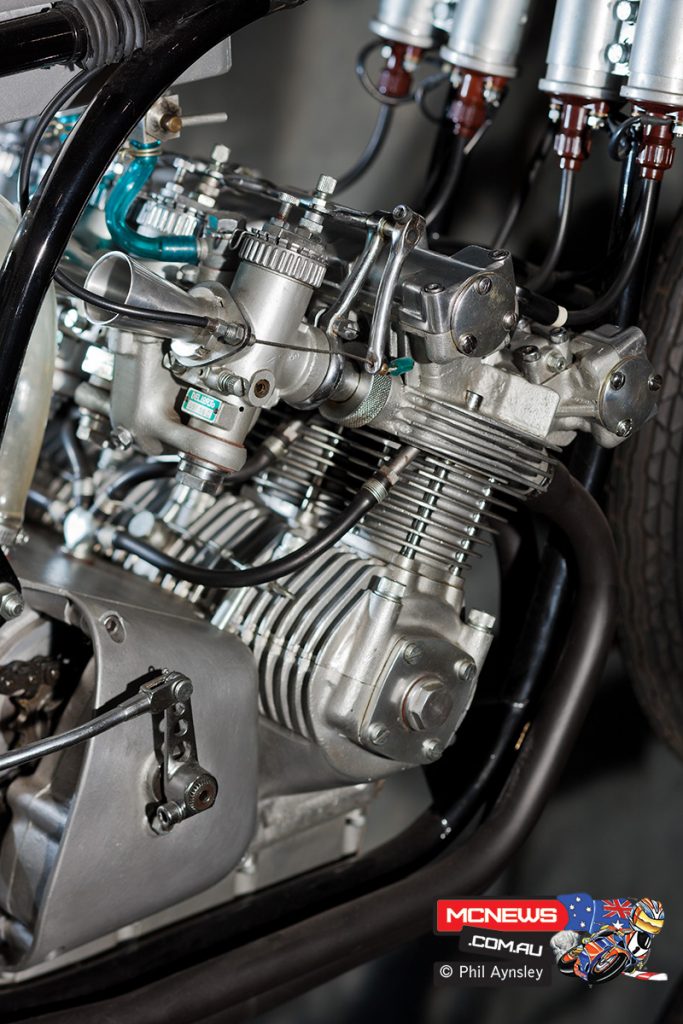
The bike was first shown in early 1965 but despite considerable effort over the next twelve months power never rose above 24hp at 16,000rpm. This was not enough over the twin’s 22.5hp to justify the four cylinder’s complexity so work was stopped during 1966 and the bike disappeared from view.
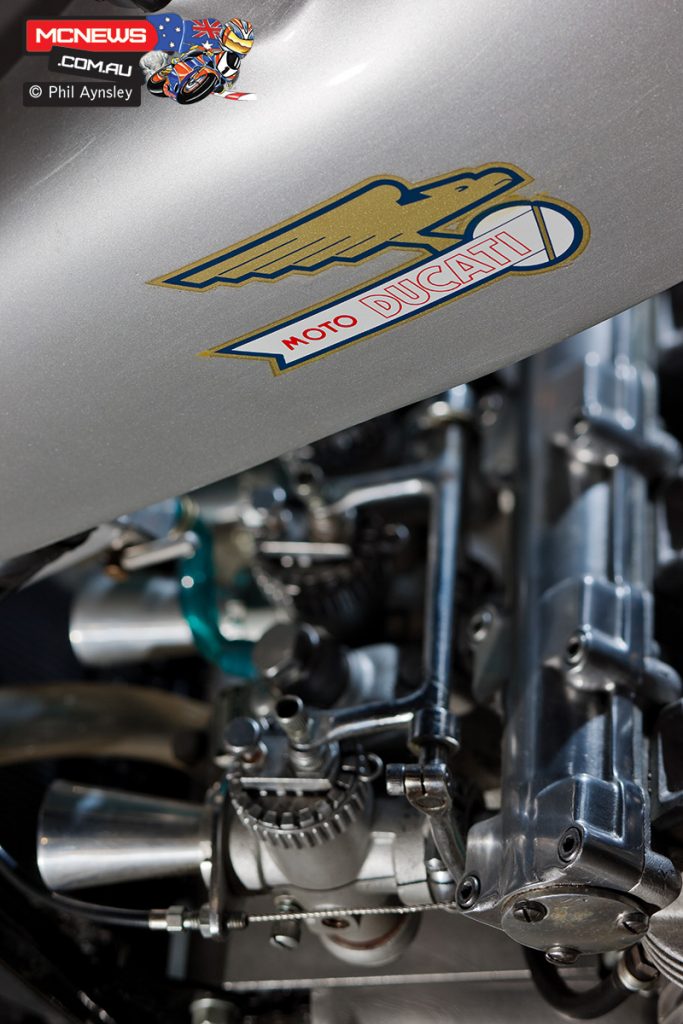
Somehow during the following decades the motor found its way into a technical museum in Russia and parts of the chassis to somewhere in Yugoslavia. By 2000 however, Giancarlo Morbidelli had tracked down and obtained as many of the parts as he could and began the reconstruction of the bike.
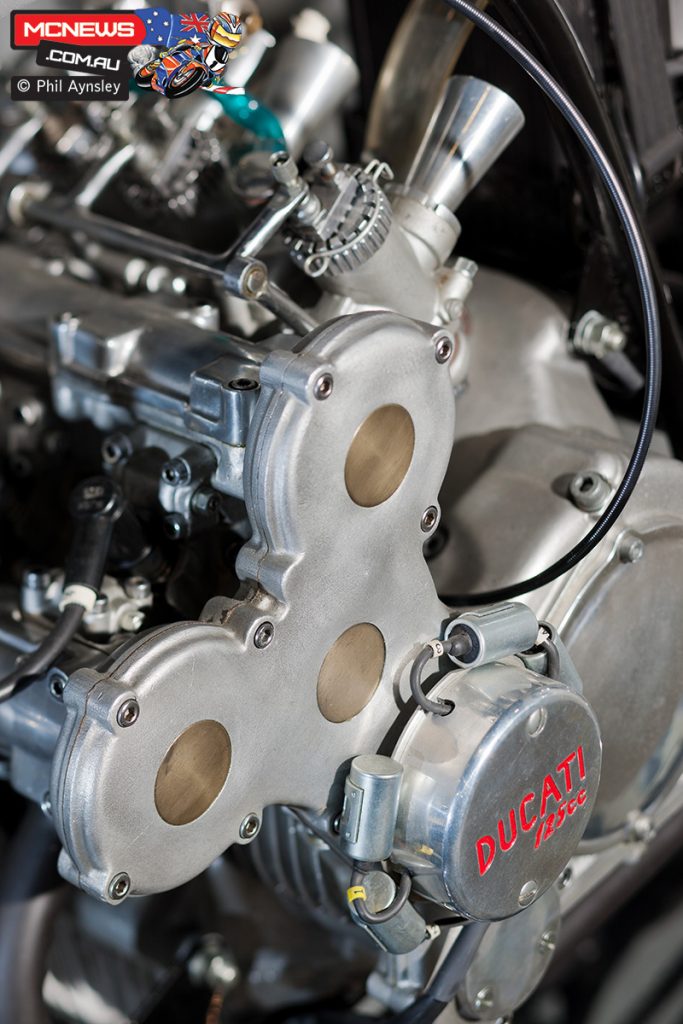
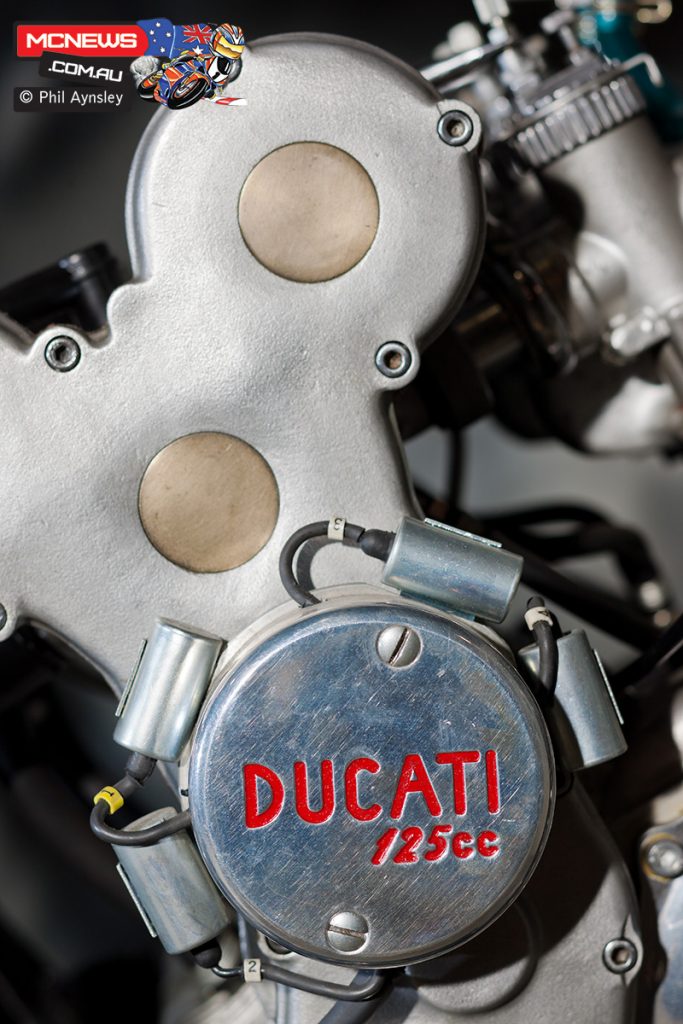
I was able to take some shots of it in his workshop that year and then again, now completed, in 2007 and 2011. It never ceases to amaze me how compact the motor is, only around 320mm across the cylinders.
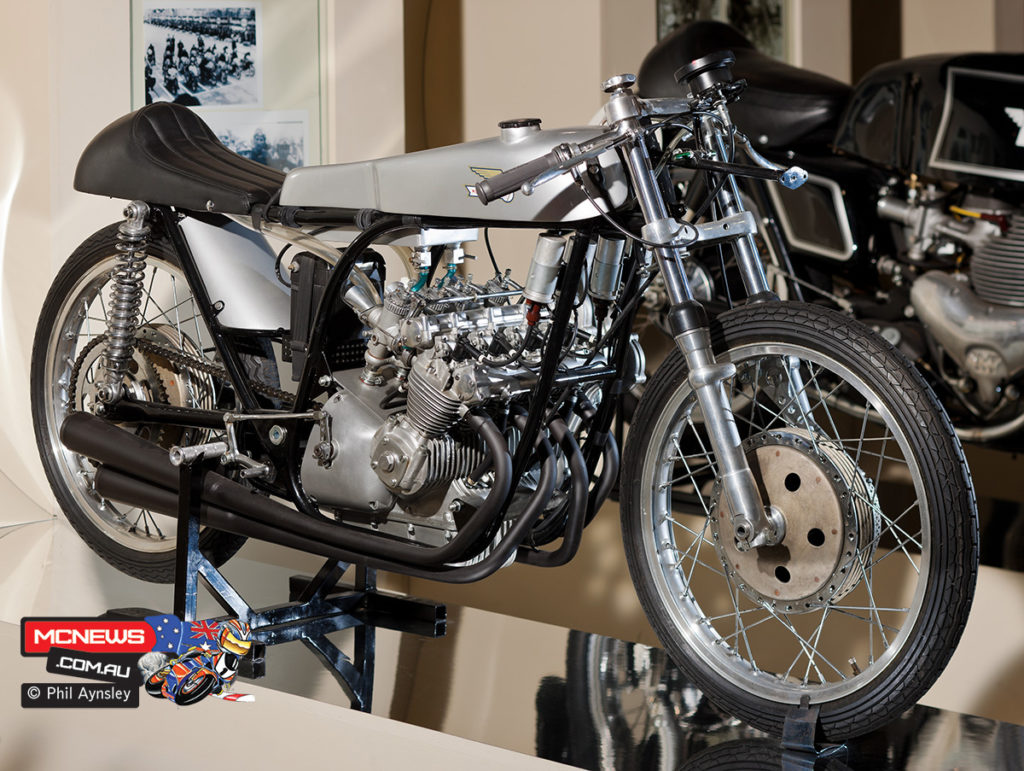
Back To Part One – Ducati Apollo























